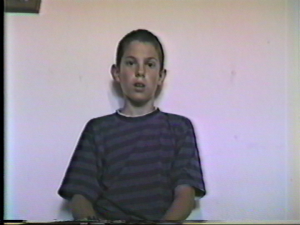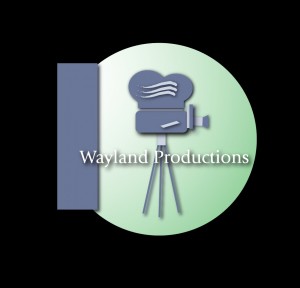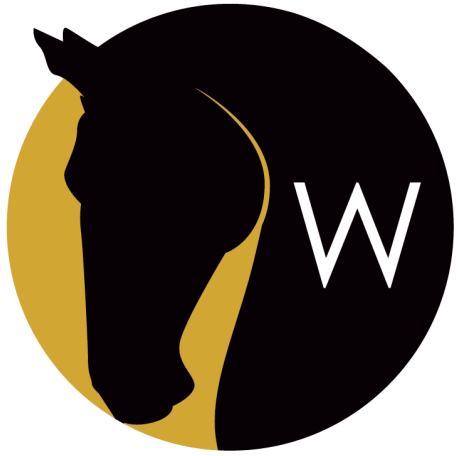
Wayland Productions has been around for a long time. I created it in high school as a way to start and establish a business early for creating multimedia content. Officially, I guess our anniversary is 1997, but in many ways it started even before then, with stop-motion animation and a few guerrilla films I shot on the weekends with friends. The content was a bit lacking back then, but you have to start somewhere. I even went so far as to open a bank account once I turned 18, in the name of “Wayland Productions”. The only way I was able to start in this way, was because my last name was Wayland, and if your name was part of the title, you were essentially a DBA (Doing business as…).
While some of the early work I’m a bit too embarrassed to share, there were a few projects that I loved and wanted to post, but of course most places will shut your videos down if you use anything that doesn’t contain licensed music. When I created these films when I was younger, they were sort of built around my music taste at the time, and it wouldn’t feel the same to me without the score that was in my head. Thanks to vimeo, and a recent dip into backing up some archives, I can now share them.

This post, and a few more in the future, will cover some of the past projects I’ve done that have become buried over time. Most of the fans who come to this website are here because of We’re Alive, so I thought it would be interesting to share with how the process came about that has landed me in the current medium I’m exploring, audio drama. Every experience along the way has contributed to my style, creative philosophy, and work ethic, to where I am now. And with that, let’s dive into the first of many.
“Coming Home”
In 1997 I was admitted into the Orange High School Media Arts program. For a freshman to be admitted into a Seniors-only class, was unheard of. Thankfully, I had a way in. My brother was a senior at the time and was already enrolled in the class and showed off one of my first films “Waiting” to the instructor, Harry Davis. It was a 30 minute long campy horror film involving a bunch of friends of mine, filming nights and weekends. Looking back, I can honestly say it’s bad, but it was incredibly advanced at the time.
Back in those days, video editing was linear. You had to have access to two VCR’s and hopefully some deck control module to let you get as close to a clean cut as possible. There wasn’t a way to go back and re-edit what you’ve already done, you just had to do the best you could on the first go. Any additional edits would just force you to go down another generation of video, which was already fairly poor since Hi8 wasn’t all that great to begin with.
The instructor for the media arts class loved what I did. He loved it so much that he made a special exception and made sure I would be in his class for the next 4 years. One of the things that I was exposed to during my enrollment was a 3d animation software called “3ds Max”. At the time, 3d animation was almost unheard of in the private sector. Toy Story had only been out for two years, and yet the consumer end of animation was growing by leaps and bounds. In grade school I had already done stop-motion animation videos for fun, and some for school projects like one I did for Spanish class called “The Aztecs”. It showed Lego people sacrificing people on top of a temple, complete with a stop motion head rolling down the steps [I’m still trying to find this video!]. Animation was the only time I was able to make films on my own, and didn’t have to rely on friends’ schedules or the crazy hurdles I had to overcome with low-budget live-action. I fell in love.
It was very difficult to learn on my own. There wasn’t really a reliable version of the internet to ask questions, I just had to depend on a very poor version of a help file, on a version 1.0 software, run on a system that had Windows Nt 4.0. Fortunately, I was pretty resourceful and figured out how to make my own computer system and configure all the software to fit what I wanted. With the system in place, and weeks of playing around with small tests, I set out to tell my first story in animation.
I wanted to tell the story that surrounded the song “Coming Home” by Peter Schiling. The song was catchy, not overplayed, and contained a story between the lines that I felt would be easy and fun to tell with the right animation. So, over the next several months, I went from shot to shot making my “masterpiece”. There were some models, like the jets in the beginning and clearly the other well-known spacecraft, that were clearly not made by me, but were part of some animation libraries that I found. I learned as I went, and you can see by the end of the video that I had figured out more about how the software worked. Sometimes learning while working on a project is the best way to improve; a principle that applied greatly to We’re Alive.
After it’s completion I tried for years to get permission to use the song, but being 15 years old, no one took me seriously. It screened once at a college film festival at a local theater, but could never get much traction after that. I gave up, and the project was buried until now.
The project switched names once to “Earth Below Us”, when I re-did the credit sequence years later, but it’ll always be “Coming Home” to me. Enjoy:
Coming Home from Kc Wayland on Vimeo.
Kc Wayland
Latest posts by Kc Wayland (see all)
- I am now part of The Podcast Academy - July 21, 2020
- We’re Alive INFECTS the UK and PODUK 2020 – UPDATE! - January 30, 2020
- Drive Home Update – Rapid Response - December 20, 2019

 Looking for Wayland Productions? This is personal the website for Kc Wayland, if you're looking for the company behind We're Alive and other various Theater for the Mind Click here!
Looking for Wayland Productions? This is personal the website for Kc Wayland, if you're looking for the company behind We're Alive and other various Theater for the Mind Click here!